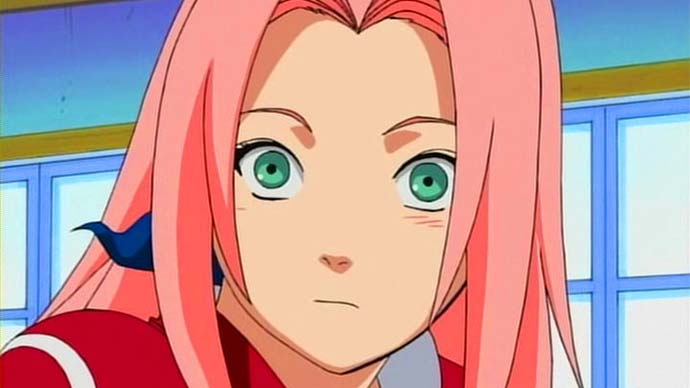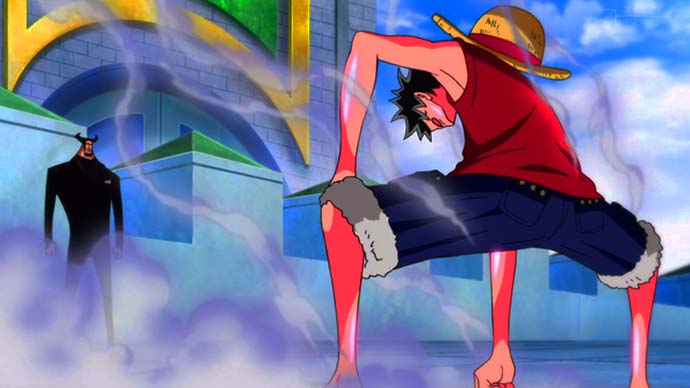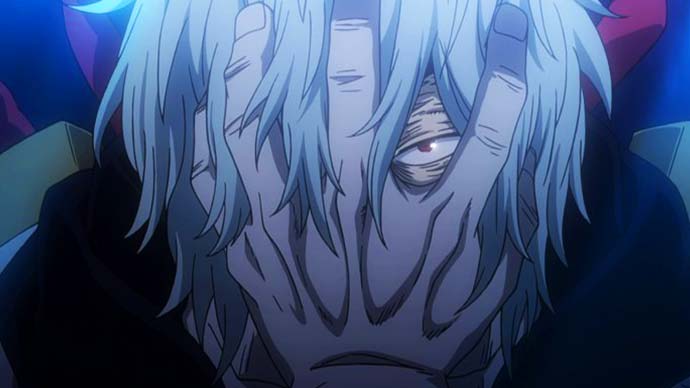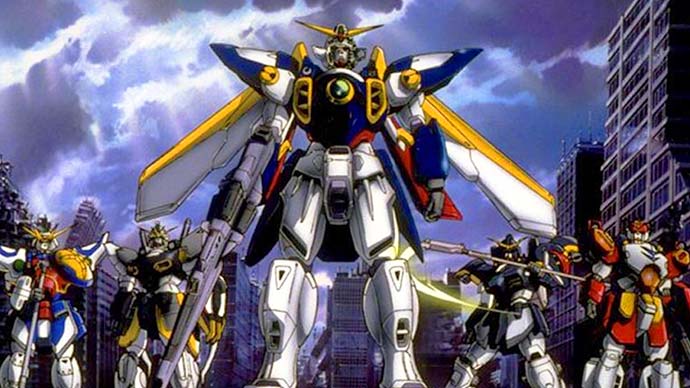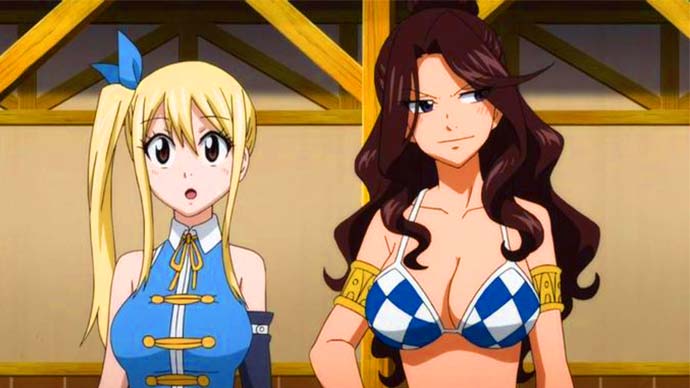Sadly, most anime productions and their use of tropes fall into the former. They might bank on a certain trope due to unoriginality, as fan service, for views and publicity, or as easy ways to develop scenes. But every so often, an anime series skillfully subverts expectations. Here are some of our favorite examples of common anime tropes that were twisted and upturned in uniquely refreshing ways.
5. Weak Female Lead Characters
Many anime series feature weak female lead characters who need protection from a male protagonist. These female characters sometimes fall in their circle of friends or as part of their team or company. Though many anime series stereotype female leads as those who need protection, others may feature femme fatale types and other combat-ready female fighters—who still can’t go hand-to-hand with male leads. Kimetsu no Yaiba: Demon Slayer is one anime series that features female characters who can fight so well that they outmatch even the main characters, including male characters. The most notable one is Shinobu Kocho, the Insect Pillar of the Demon Slayer Corps, who’s seen as an adorable female character but can be very deadly when it comes to combat. Another is Nezuko Kamado, a girl-turned-demon who hunts and kills her fellow demons, helping her brother Tanjiro Kamado and the crew to annihilate the demons that hunt humans.
4. Ability Power-Ups
A good fight doesn’t need to be one-sided and always favor the protagonist. In fact, anime protagonists are usually underdogs—and the only way they can win fights is by unlocking just-in-time ability power-ups that aid in defeating stronger opponents. As long as the power-up is earned, it can be quite cool and entertaining. Notable examples of this include the Super Saiyan modes (Dragon Ball Z), transforming to Bankai (Bleach), entering 2nd Gear (One Piece), or the Sage Mode (Naruto Shippuden). Saitama of One Punch Man turns this trope on its head: he does nothing and simply enters fights with a serious face to finish off enemies. His battles end up with his villains defeated by a single punch, even reaching a point where he himself is annoyed by how strong he is.
3. The Villains Are Always Wrong
Anime series always feature evil villains who want destruction, chaos, and the fall of the main heroes. Less commonly, villains may have good intentions but go about reaching their goals improperly. But then we also have anime series like Death Note and Code Geass, which are examples of anime series where the main protagonists are basically villains. They seek noble purposes but achieve them in villainous ways that go against human understanding. Light Yagami (Death Note) wants to cleanse the world of sinners using his Death Note, but is hunted by the authorities for being “just another murderer.” Lelouch vi Britannia (Code Geass) uses his abilities for the greater good, but is seen as an anti-government terrorist.
2. Badass Mecha Series
Mecha anime series are about the coolness, awesomeness, and badassery of giant robots. The mecha may even have a life of their own, but most of the time they’re cold metal machines that only heat up and provide action when they’re piloted. A common pitfall for mecha anime series is when the cool mecha robots become the main attraction, even to the point where story and characterization are thrown out the window. Gundams and Zoids, for example, have designs that are more awesome than their plots. But Neon Genesis Evangelion is an anime series that changed how people view mecha anime series. The story’s center shifted away from the badass biomechanical units to human nature, psychological distress, and internal trauma.
1. Overly Sexualized Characters
Overly sexualized anime characters are mainly due to fan service rather than service to the plot or narrative. Given the demographics of anime watchers, big breasts and short skirts are often used to maintain attention and keep them coming back for more episodes. One Piece and Fairy Tail feature several male and female characters who fall into this trope, while many other anime series are just a bit more subtle about it and only sexualize their characters every once in a while. And that’s one reason we like Jujutsu Kaisen, which features high school students who actually dress accordingly. The series does have a character with a nice body that’d be perfect for fan service, but they’re covered from neck to toe without exposing even an inch of skin. Read next: Why fan service in anime needs to end

